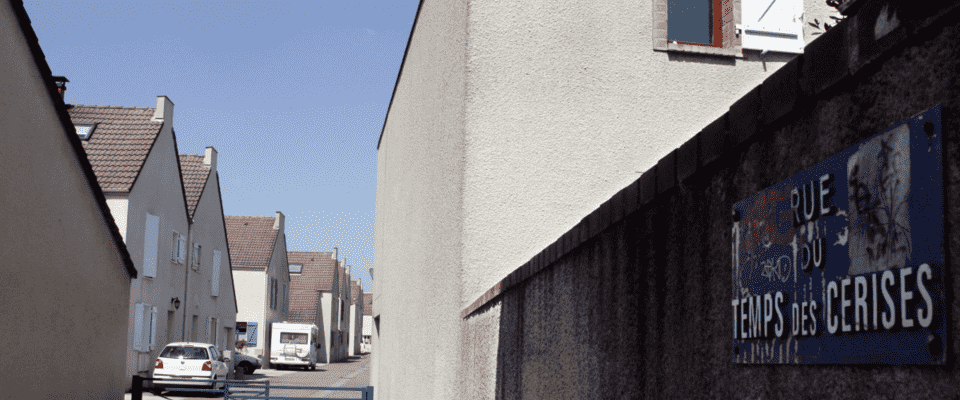In a context of lasting housing crisis, particularly in Île-de-France where the market is very tight and opportunities are rarer, the progressive think-tank Terra Nova is putting forward a new solution to meet demand: that of “gentle densification”. What is it about ?
The principle: to use existing individual houses – which represent more than 36% of dwellings in Greater Paris – to produce new housing, without changing the “urban forms of the district”. To do this, Terra Nova is proposing 5 types of concrete interventions: dividing the pavilion into plots, building annexes, raising the house or even enlarging it or even completely restructuring it.
“Resolving some of the housing needs”
An “untapped deposit” according to the political adviser in architecture and town planning, Lily Munson, who ensures that it is thus “possible to solve part of the housing needs by the” soft densification “of the suburban fabric”. What’s more when we know that 1.4 million small owners in the Ile-de-France region are mostly aged 55 and that more than 50% of the houses are only occupied by one or two people.
Consequence of this “under-occupation”? Owners – who are struggling to maintain their property or even sometimes to pay the charges – are tempted to sell their house to real estate developers who will probably demolish it to turn it into a building, rather than finding solutions to make a profit from it.
“This method is all the more interesting” according to Lily Munson as once the work on these suburban houses has been completed, the owners will then be able to “benefit not only from additional income via the new rents collected or the sale of the property created , but also savings on the maintenance of their heritage, now better suited to its actual use, even eco-renovated”.
According to a study carried out by the start-up IUDo, these residential plots could be enlarged by an average of 100 m2 “in the current state of regulations”. Either a potential reservoir of 140 million m2 buildable, underlines the think-tank, which ensures that this approach “allows to get out of the opposition between the preservation of agricultural land and the objectives of housing production”.
And to conclude: “it would then suffice to add a dwelling of 70 m2 on average on only 5% of individual land to achieve the metropolitan objectives of the law on Greater Paris, which recommends creating 70,000 dwellings per year”.
